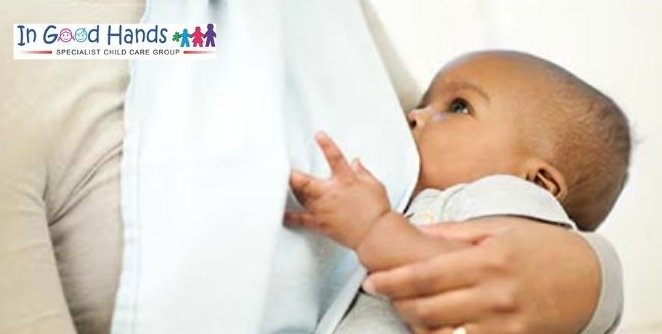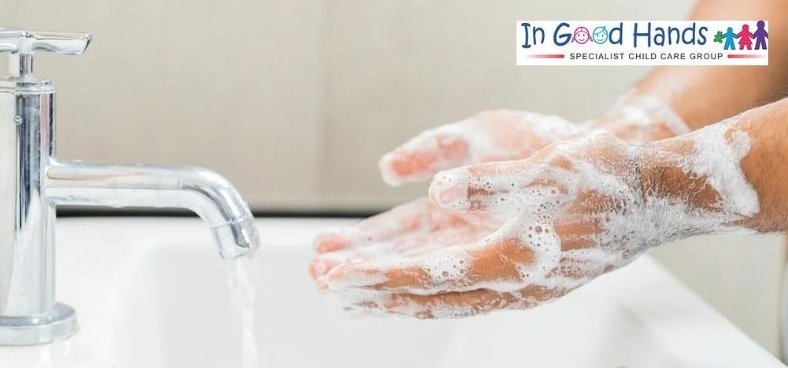New born baby care
CONGRATULATIONS on the arrival of new member in your family. Few of the findings in the newborn may look abnormal and causes undue anxiety in parents but are actually a normal variation. Here are few of the tips for the care of your newborn baby:
Weight gain pattern
Most healthy term babies lose weight during the first 2 to 3 days of life. The weight loss is usually up to 5 to 7 per cent of birth weight. The weight remains stationary during next one to two days and birth weight is regained by the end of first week. The average daily weight gain in term babies is around 30 g, 20g and 10g during the first, second and third, 4-month periods respectively during the first year of life. Normally a baby gains about 800 gms per month during the first 3 months.

Breastfeeding
All mothers should breastfeed their babies. They should know the key points of correct positioning and attachment of the baby to the breast. Good latching position means that baby’s mouth should be wide open, lower lip turned outward, chin touching the breast but nose is free and 2/3rd of areola (black portion) inside the baby’s mouth. Feeding your baby shouldn’t hurt. If there is any pain, this is a sign that your baby isn’t latched on properly. Gently insert your finger between your baby’s mouth and your breast to break the seal. Then try again. If you carry on feeding while it is hurting, you are likely to end up with sore nipples.

In the first few days after birth, only small amount of thick yellow milk (colostrum) is secreted (if you express at this time, only a teaspoonful can be expressed). Even this much amount is sufficient for a normal baby in the first 2 days and that the amount of milk secreted will gradually increase.
The mother should breastfeed on demand, day and night as long as the baby wants. Babies, who are adequately fed, are contented, playful, have good sleep and are satisfied for at least two to three hours after a feed. An adequately fed baby passes urine at least 5 to 6 times in a day while babies pass urine (even stools) after each feed during the first 3 months of life.
Cord Care
The umbilical stump should be left dry and that they SHOULD NOT APPLY ANYTHING on the stump. It should be loosely covered with clean clothes and should not be covered by the nappy (diaper). If the stump gets soiled, it should be washed with soap and water and dried by using a clean cloth. Mother should look for any possible sign(s) of infection of the umbilical stump such as pus discharge from the stump and redness around the cord.
Jaundice
Jaundice is common in the first week of life. Almost every newborn develops some degree of jaundice. Only if the levels are beyond a certain limit, treatment is warranted. Mother should consult a doctor if baby arms and legs appear yellow.
Everyday care: Hygiene
Cleanliness requires mothers and families to avoid harmful traditional practices and follow appropriate guidelines. The baby need not be bathed daily; (s)he should be washed only if necessary. However, the face, neck, and underarms should be wiped daily. The gluteal region should be wiped whenever it gets soiled. If the baby is being bathed, make sure that the room is warm; only lukewarm water is used to bathe; and the baby is thoroughly dried and covered with warm clothes immediately after bath. It is important to take additional precautions in case of small babies. Mothers should be strongly discouraged against applying anything in their babies’ eyes or ears both during their stay in the health facility and after their discharge.

The postnatal room should be kept warm with no draughts from open doors/windows; a room temperature of at least 250C is required to help keep the baby warm. A radiant heater or another device for providing warmth is often needed to maintain the appropriate room temperature particularly in winter months.
Stools
Newborn generally passes black stools in first 3-4 days. After that stools became yellowish watery and comes with a pressure generally after every feed. In the process baby may pass 6-8 stool in a day which is normal and is known as breast fed stools. Passage of stools after feeding is gastrocolic reflex and is normal. On the other hand baby may not pass motion for 3-4 days. If the abdomen is soft and baby is not irritable this is also a normal variation.
Rashes
These are few common rashes in newborns which are normal and do not require treatment
- Some babies develop small white/yellow papules or pustules on a red base seen on face, trunk and limbs. Develop 1 – 3 days after birth and usually disappear by one week. This is Erythema toxicum.
- Pinpoint whitish papules on nose and cheeks are Millia due to blocked sebaceous glands.
- Red flat patches which blanch with gentle pressure. Commonly occur on upper eyelids, forehead and nape of the neck. These are stroke bites and disappear by 1-2 years of age
- Mongolion spots are purpulish patches over sacral (above butts) area and are normal
Vaginal discharge
Vaginal discharge/ bleeding in a female baby in first few days of life is normal and is because of withdrawal of maternal hormones.
Breast enlargement
Breast enlargement in both male and female newborns in first few weeks of life is normal. Do not squeeze and attempt to empty them.
Danger signs
It is important that mothers, care givers and health workers are able to recognize the signs and symptoms which indicate that the baby is not well (‘DANGER SIGNS’). Early recognition of these signs will help in identifying those babies who need urgent care and treatment.
The important danger signs are given below:
- Not feeding well
- Less active than before
- Fast breathing (more than 60 breaths per minute)
- Moderate or severe chest in-drawing
- Grunting / moaning
- Convulsions
- Floppy or stiff
- Temperature >37.50C or <35.50C
- Umbilicus draining pus or umbilical redness extending to skin.
- More than 10 skin pustules or bullae, or swelling, redness, hardness of skin
- Bleeding from stump or cut
If you see any such danger signs in your child, consult Dr. Vivek Goswami, one of the renowned pediatric doctor in Noida, for proper consultation and treatment.

